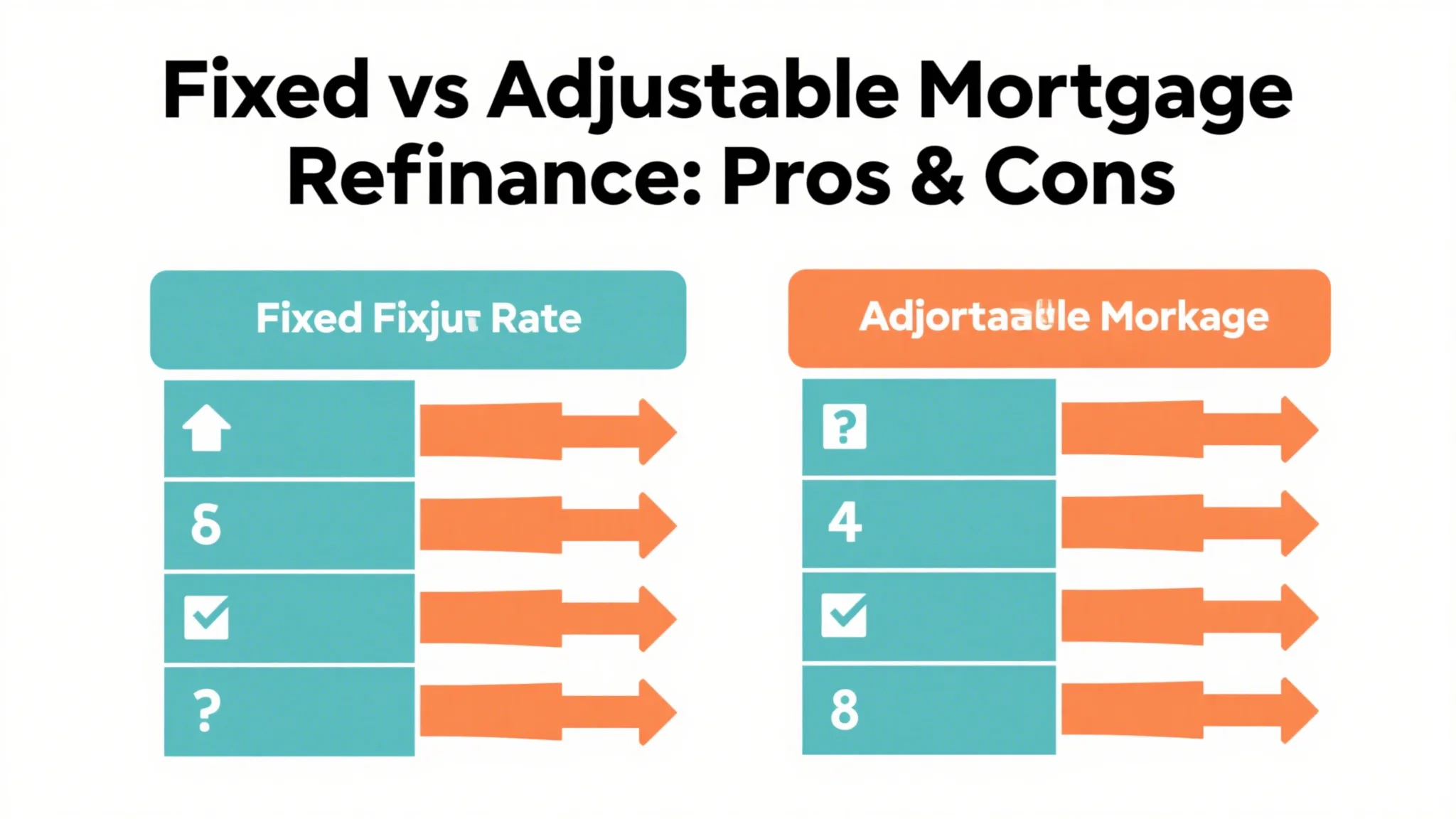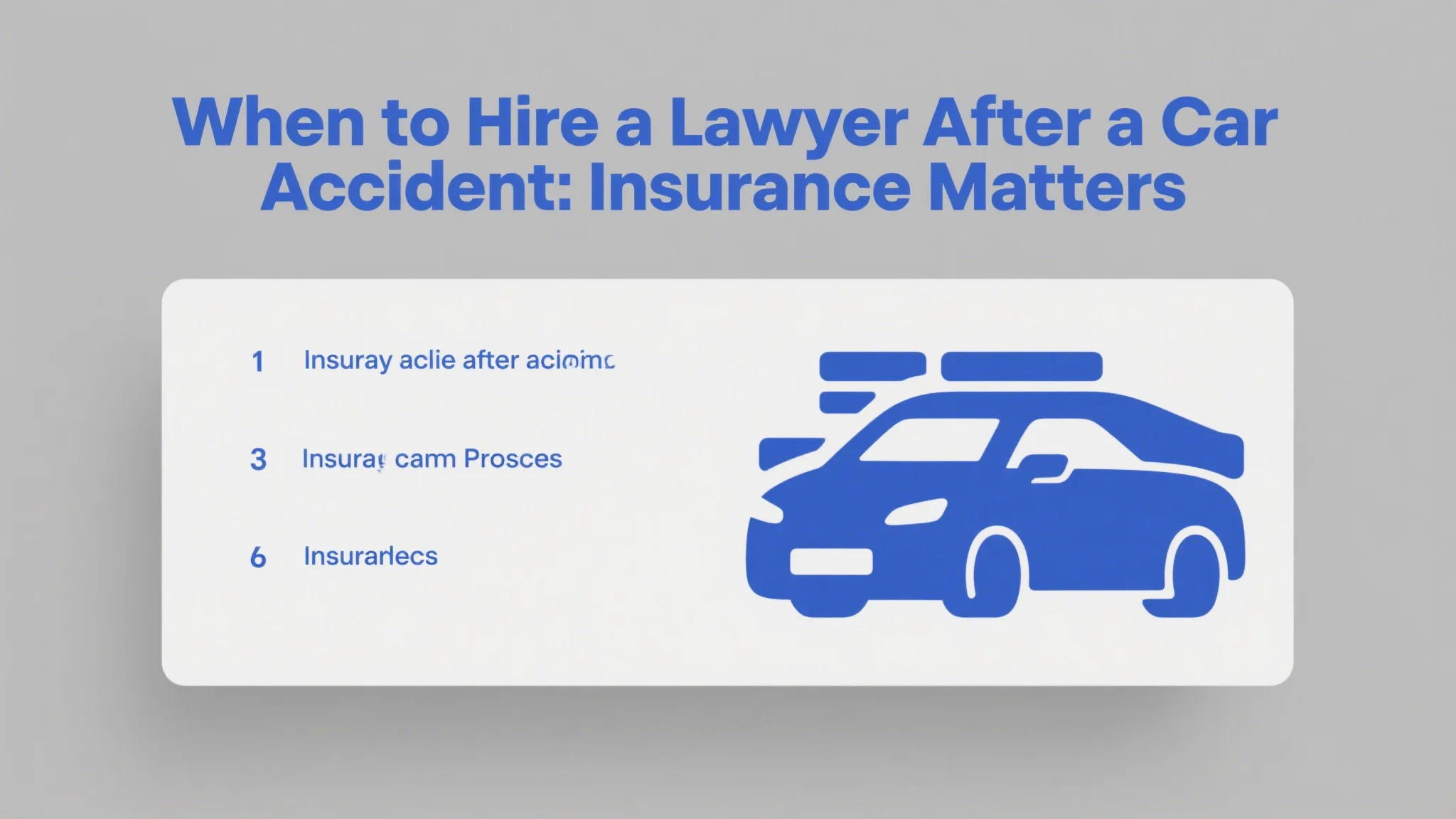part 1:
When it comes to refinancing your mortgage, one of the most attractive options you might encounter is a no-closing-cost mortgage refinance. At first glance, it seems like a fantastic deal—after all, who wouldn’t want to save money on closing costs? But before you jump into this option, it’s essential to understand what it really means and whether it’s the best choice for your financial situation.

What Is a No-Closing-Cost Mortgage Refinance?
A no-closing-cost mortgage refinance is a type of refinancing where the lender absorbs the closing costs associated with the new loan. Instead of paying these costs upfront, they add them to the loan balance or slightly increase the interest rate. This option can make refinancing more affordable in the short term, especially if you’re on a tight budget or don’t have the cash on hand to cover the costs.
Closing costs typically include fees for appraisal, title insurance, credit checks, origination, and underwriting. These costs can range from 2% to 5% of the loan amount, depending on the lender and the type of loan. By opting for a no-closing-cost refinance, you avoid paying these fees upfront, which can be a significant advantage.
Benefits of a No-Closing-Cost Refinance
Saves Money Upfront
The most obvious benefit of a no-closing-cost refinance is that you don’t have to pay the closing costs out of pocket. This can be a game-changer if you’re short on cash or if you’d rather use your savings for other purposes, like home improvements or emergencies.
Simpler Process
Without the need to budget for closing costs, the refinancing process becomes less complicated. You don’t have to juggle multiple expenses, which can reduce stress and make the process smoother.
No Liquidation of Savings
If you’re considering refinancing but don’t have the funds to cover closing costs, a no-closing-cost option allows you to proceed without dipping into savings or taking on additional debt.
Potential for Lower Monthly Payments
Depending on the terms of your new loan, you might end up with lower monthly payments, especially if you’re refinancing to a lower interest rate. This can free up money for other financial goals.
Is It Always a Good Deal?
While the idea of saving on closing costs is appealing, it’s important to look at the bigger picture. A no-closing-cost refinance isn’t always the best option for everyone. Here are some factors to consider before deciding:
Higher Interest Rates
Lenders don’t absorb closing costs out of generosity. They often compensate by offering slightly higher interest rates on the new loan. This could offset the savings you achieve by not paying closing costs upfront.
Long-Term Impact
If you plan to stay in your home for a short period, the higher interest rate might not have a significant impact. However, if you’re planning to stay in your home for many years, the higher rate could cost you more over time.
Break-Even Period
There’s a concept called the break-even period when refinancing. This is the amount of time it takes for the savings from your lower monthly payments to outweigh the costs of refinancing. For a no-closing-cost refinance, the break-even period is often shorter because you’re not paying the closing costs upfront.
Other Fees and Terms
While closing costs are covered, be sure to check for other fees or terms that might make the loan less favorable. For example, some lenders may charge higher origination fees or have prepayment penalties.
part 2:
When Is a No-Closing-Cost Refinance a Good Idea?
A no-closing-cost mortgage refinance can be a good deal in certain situations. Here are some scenarios where it might make sense:
You Plan to Stay in Your Home Long-Term
If you’re confident you’ll stay in your home for several years, the higher interest rate might be worth it. Over time, the savings from lower monthly payments could outweigh the costs of the higher rate.
Your Closing Costs Are High
If you’re refinancing a large loan or if closing costs are particularly high, a no-closing-cost option could save you a significant amount of money upfront.
You Want to Avoid Using Savings
If you’d rather not touch your savings or don’t have the funds available, this option can be a practical choice.
You’re Refinancing to a Lower Interest Rate
If you’re refinancing to a significantly lower interest rate, the impact of a slightly higher rate might be minimal. This could still result in lower monthly payments and long-term savings.
How to Decide If It’s Right for You
To determine whether a no-closing-cost refinance is a good deal, you’ll need to do some math. Calculate the total cost of refinancing, including the higher interest rate and any other fees, and compare it to the savings you’ll achieve. Consider how long you plan to stay in your home and whether the break-even period is reasonable.
You might also want to compare this option to other refinancing options, such as paying closing costs upfront or opting for a lower interest rate with higher fees. A mortgage professional can help you crunch the numbers and determine which option aligns best with your financial goals.
A no-closing-cost mortgage refinance can be a great option if it fits your financial situation and long-term plans. However, it’s crucial to evaluate the trade-offs and consider the bigger picture. By understanding the pros and cons, you can make an informed decision and choose the refinancing option that’s truly the best deal for you.
Before moving forward, take the time to research different lenders and compare their offers. Some lenders may provide more favorable terms than others, so it’s worth shopping around to find the best possible deal. Remember, the goal of refinancing is to save money and improve your financial situation, so make sure the option you choose helps you achieve those goals.




